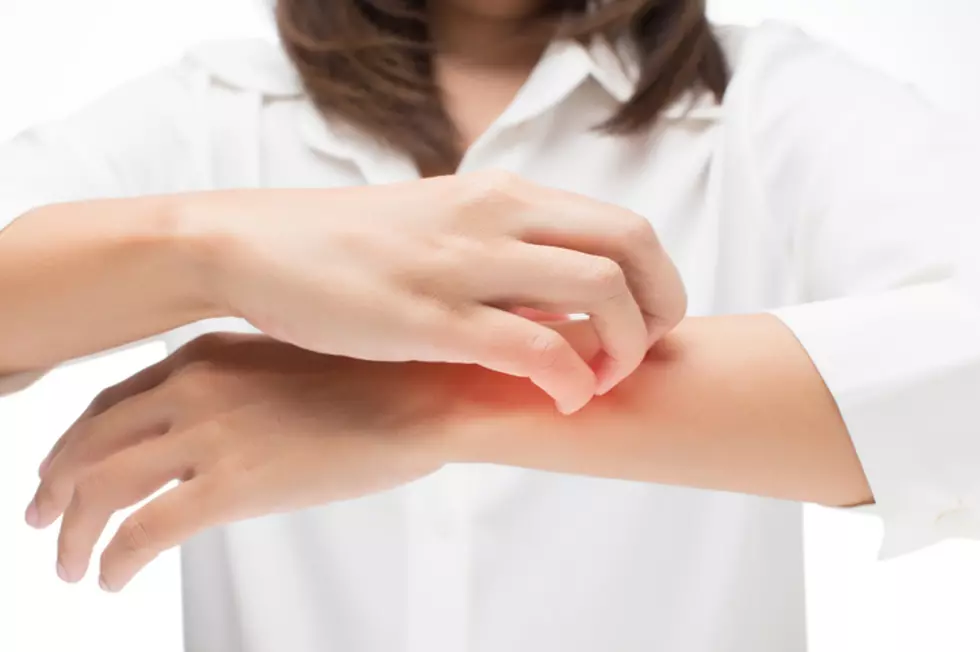
Caution! Don’t Get Poisoned By This Prolific Massachusetts Plant!
Raise your hand if you’ve ever been affected by Toxicodendron Radicans.
No? Well, how about by it’s more traditional name…poison ivy.
It’s gardening and landscaping season here in Berkshire County, and one of the banes of landscapers is touching poison ivy.
To be fair, it’s not just gardeners and landscapers…it could be anyone taking a hike, playing sports in a field, or even walking down the side of a road. That’s because poison ivy can grow almost anywhere. Is there partial shade? Sure, poison ivy can grow there. Is it in full sun? Yep, poison ivy can grow in full sun. It can grow in wet soil. It can grow in dry soil. It can grow in terrible soil where you think nothing should be able to grow. Because of course it can. Why can’t blueberry plants grow under any conditions like that?

Poison ivy is actually native to New England, which means you’ll find it anywhere from here in Massachusetts, to Rhode Island, Vermont, Maine, and all the surrounding states.
So, first things first…how do you identify it? Because looking at the pictures I’ve provided in this article, it looks similar to any number of other plants and vines out there.
The first major identifier, is poison ivy has three leaves per stem. Remember this: If it has leaves of three, let it be. Now, poison ivy isn’t the only plant with three leaflets on each stem, but it is one of the first ways to identify it. In the spring, those leaves turn a sort of red-green. In the fall, they turn into a hue of yellow, red, and orange. The middle leaf is usually the largest of the three leaves.
Also, poison ivy can actually grow as a shrub or vines. I feel like most people think of poison ivy as a vine, which it absolutely can be. But it can also grow as a shrub, which is a fun variation that you might not expect.
Finally, poison ivy will have small yellow flowers in the spring, usually in a group or cluster together. Then it will get berries in the summer that turn from green to grey to white as the seasons progress. Don’t eat these. They’re good for wildlife, not for you. That’s also another reason poison ivy tends to be everywhere.
Credit for the picture here, as well as lots more information.
Now, let’s say you do come in contact with poison ivy. Chances are, you’ll get some sort of rash, which is because of something poison ivy has called urushiol. Sometimes it can be a mild rash, sometimes it will turn very red, sometimes it will blister. Different people have different reactions, and apparently about 15% of the population is immune to poison ivy…which must be nice. If you do come in contact with it, the best thing you can do at first is wash the area with soap using cool water. Then contact your doctor.
One good thing is if you get a reaction, the rash or blisters in and of themselves aren’t contagious. What will spread is if you still have any of that urushiol stuff on you, or on the clothes or gloves you were working with.
So, there you go. A little basic info on poison ivy, how to identify it, and what to do if you come into contact with it. Just another reminder that nature is both beautiful and wanting to make our lives miserable at the same time.
More great info can be found here, on my alma mater's page.
LOOK: Here Are 30 Foods That Are Poisonous to Dogs
More From WBEC AM









